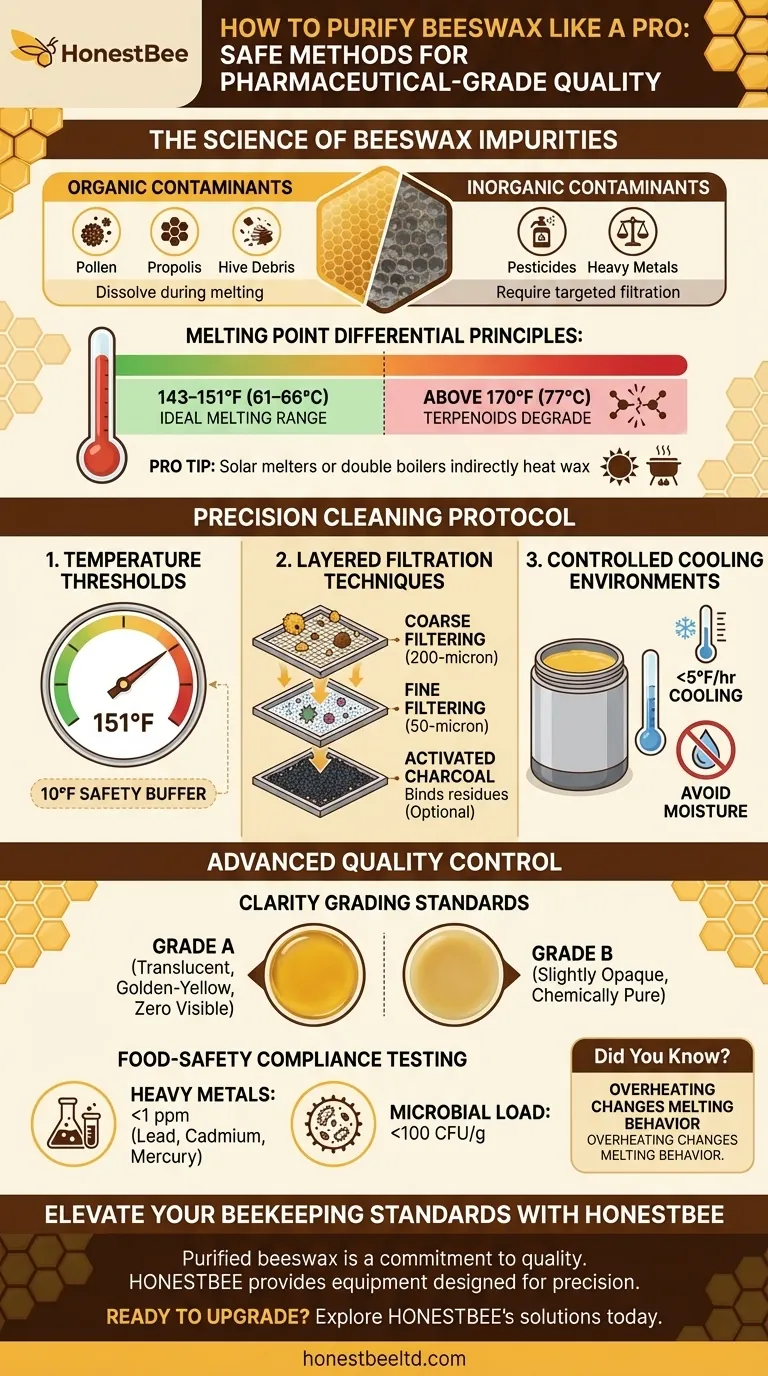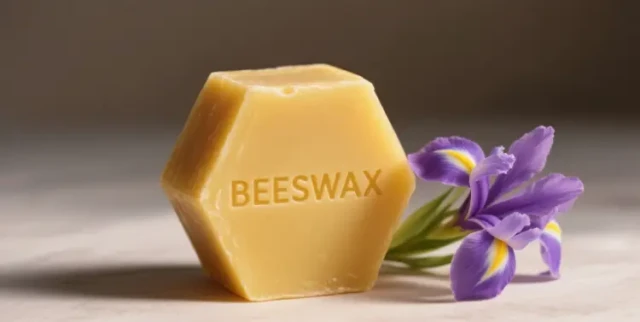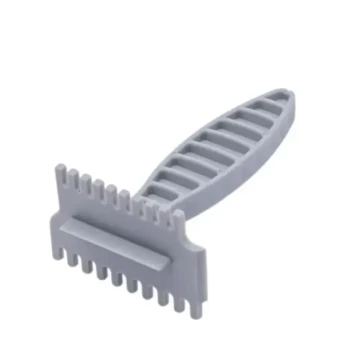밀랍 정제는 단순히 녹이고 여과하는 것이 아니라, 오염 물질을 제거하면서 섬세한 화합물을 보존하는 과학입니다. 상업용 양봉가이든 고급 밀랍을 공급하는 유통업체이든, 제어된 열처리를 마스터하면 천연 이점을 손상시키지 않으면서 제품이 식품 안전 표준을 충족하도록 보장할 수 있습니다. 전문가 수준의 결과를 얻는 방법은 다음과 같습니다.
밀랍 불순물의 과학
유기 및 무기 오염 물질
밀랍에는 자연적으로 꽃가루, 프로폴리스, 벌집 찌꺼기(유기물)가 포함되어 있지만, 살충제나 중금속(무기물)도 함유할 수 있습니다. 주요 차이점은 무엇일까요? 유기 불순물은 녹는 동안 종종 용해되지만, 무기 불순물은 표적 여과가 필요합니다.
녹는점 차이 원리
연구에 따르면 밀랍은 143–151°F (61–66°C) 사이에서 녹지만, 향과 치료 특성을 담당하는 화합물인 테르페노이드는 170°F (77°C) 이상에서 분해됩니다. 이 좁은 범위는 정밀도를 요구합니다. 과열은 밀랍을 변색시키고 이점을 제거합니다.
전문가 팁: 태양열 용해기 또는 중탕기는 직접적인 스토브톱 방식에 비해 타는 위험을 줄여 밀랍을 간접적으로 가열합니다.
정밀 세척 프로토콜
밀랍 보존을 위한 온도 임계값
- 이상적인 녹는 범위: 143–151°F (61–66°C)
- 절대 한계: 분해 방지를 위해 170°F (77°C)
- 안전 여유: 일관성을 위해 한계보다 10°F 낮은 온도를 유지합니다.
계층적 여과 기술
- 거친 여과: 면포 또는 200미크론 체로 벌집 찌꺼기를 제거합니다.
- 미세 여과: 미세 입자를 위해 50미크론 필터를 사용합니다.
- 활성탄(선택 사항): 제약 등급 응용 분야에서 살충제 잔류물을 흡착합니다.
제어된 냉각 환경
갑작스러운 온도 강하는 균열을 유발합니다. 대신:
- 단열 용기에서 시간당 5°F 미만으로 밀랍을 냉각합니다.
- 흐릿해지는 것을 방지하기 위해 습기 노출을 피합니다.
고급 품질 관리
투명도 등급 표준
- 1등급: 반투명, 황금색, 눈에 보이는 입자 없음.
- 2등급: 약간 불투명하지만 화학적으로 순수함(화장품에 허용됨).
식품 안전 규정 준수 테스트
제3자 실험실에서 다음을 확인할 수 있습니다.
- 중금속: 납, 카드뮴, 수은 1ppm 미만.
- 미생물 부하: 국소/화장품 용도로 100 CFU/g 미만.
알고 계셨나요? 밀랍의 녹는 거동은 과열되면 변합니다. 이는 실험실 테스트에서 감지할 수 있는 품질 저하의 신호입니다.
HONESTBEE로 양봉 기준을 높이세요
정제된 밀랍은 단순한 상품이 아니라 양봉가와 유통업체가 자랑스럽게 지지할 수 있는 품질에 대한 약속입니다. HONESTBEE는 상업용 양봉장 및 도매업체에 태양열 용해기부터 실험실 등급 필터까지 정밀하게 설계된 장비를 제공하여 귀하의 밀랍이 최고 산업 표준을 충족하도록 보장합니다.
정제 공정을 업그레이드할 준비가 되셨나요? 지금 바로 HONESTBEE의 양봉 솔루션을 살펴보고 순도와 성능이 뛰어난 밀랍을 제공하세요.
시각적 가이드

관련 제품
- 왁스 가공용 작동 트레이가 있는 전기 밀랍 플랫 시트 기계
- 양봉용 트레이가 있는 전기 평탄화 및 엠보싱 기계
- 전문가용 온도 조절 원뿔형 허니 멜터
- 꿀 농축 진공 가열 농축기 제습기 꿀용 제습기
- 벌집 손잡이 및 프레임 레스트 절단기: 벌집 전문 절단기




















